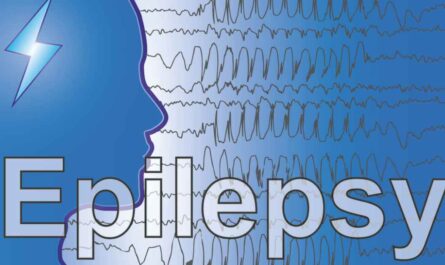Understanding Epilepsy and its Impact on Sports
Epilepsy is a neurological disorder characterized by recurrent seizures, affecting millions of people worldwide. For individuals diagnosed with epilepsy, participating in sports might seem like a daunting challenge. However, with proper understanding, guidance, and management, epilepsy and sports can coexist harmoniously, allowing individuals to lead active and fulfilling lives.
Breaking the Stigma: Dispelling Myths About Epilepsy in Sports
One of the biggest barriers individuals with epilepsy face in sports is the pervasive stigma surrounding the condition. Epilepsy is often misunderstood, leading to misconceptions about the abilities and limitations of those living with it.

However, it’s essential to debunk these myths and emphasize that with appropriate precautions and support, individuals with epilepsy can safely engage in various physical activities and sports.
Assessing Individual Risks and Abilities
Before diving into sports, it’s crucial for individuals with epilepsy to undergo a thorough assessment by healthcare professionals, including neurologists and sports medicine specialists. This evaluation helps determine the type and frequency of seizures, potential triggers, medication side effects, and overall physical condition. Understanding these factors enables tailored recommendations for safe participation in sports.
Choosing Suitable Sports and Activities
Not all sports pose the same level of risk for individuals with epilepsy. While some high-impact and contact sports may carry greater risks, there are plenty of epilepsy-friendly sports and activities to consider. These include swimming, cycling, yoga, walking, and other low-impact exercises that provide both physical and mental benefits without significantly increasing seizure risk.
Creating a Safe Environment: Tips for Coaches and Teammates
In team sports settings, it’s crucial to educate coaches, teammates, and other relevant individuals about epilepsy and how to respond in case of a seizure. Clear communication, first aid training, and having an emergency action plan in place can make all the difference in ensuring a safe and inclusive environment for everyone involved.
Managing Seizure Triggers and Medication
Understanding and managing seizure triggers is vital for individuals with epilepsy participating in sports. Adequate hydration, proper nutrition, sufficient rest, and stress management techniques can help minimize triggers and reduce the likelihood of seizures during physical activity. Additionally, adhering to prescribed medication regimens and discussing any concerns with healthcare providers is essential for optimal seizure control.
Embracing Adaptations and Modifications
In some cases, adapting sports activities or implementing modifications may be necessary to accommodate the unique needs of individuals with epilepsy. This could involve adjusting playing time, providing extra supervision, or utilizing protective equipment to reduce injury risk. Embracing these adaptations fosters inclusivity and allows individuals with epilepsy to fully engage in sports while minimizing potential risks.
Building Confidence and Support Networks
Participating in sports can significantly boost self-confidence and overall well-being for individuals with epilepsy. Building a strong support network of family, friends, coaches, and healthcare professionals can provide encouragement, guidance, and reassurance along the journey. Additionally, connecting with epilepsy support groups and advocacy organizations can offer valuable resources, information, and a sense of community.
Celebrating Achievements and Success Stories
Despite the challenges, countless individuals with epilepsy have excelled in sports, breaking barriers and defying stereotypes. Sharing success stories and celebrating achievements not only inspire others but also showcase the immense potential and resilience of individuals living with epilepsy. By highlighting these triumphs, we can further empower and encourage others to pursue their sporting dreams.
Conclusion:
Empowering Individuals with Epilepsy Through Sports
In conclusion, epilepsy and sports are not mutually exclusive. With the right approach, support, and mindset, individuals with epilepsy can enjoy the physical, emotional, and social benefits of sports while minimizing associated risks. By promoting understanding, inclusivity, and empowerment, we can create a world where everyone has the opportunity to thrive in sports, regardless of their medical condition. So let’s lace up our shoes, hit the field, and show the world that epilepsy doesn’t define us—it’s just one part of who we are.
FAQs: Addressing Common Concerns
Q: Can individuals with epilepsy participate in contact sports?
A: While contact sports pose higher risks, individuals can engage with precautions and medical supervision.
Q: Should individuals with epilepsy disclose their condition to teammates and coaches?
A: Disclosure is a personal choice. However, open communication fosters understanding and support within the team.
Q: Are there specific sports activities recommended for individuals with epilepsy?
A: Low-impact exercises like swimming and cycling are generally safer, but preferences and individual abilities vary.
Q: How should teammates and coaches respond during a seizure?
A: Stay calm, protect the person from injury, and time the seizure. If it lasts longer than five minutes or if it’s the person’s first seizure, seek medical help immediately.
Disclaimer
While this article provides general information, it’s essential for individuals with epilepsy to consult healthcare professionals before starting any sports activities. Each person’s condition is unique, and personalized guidance ensures safe and enjoyable participation in sports.



